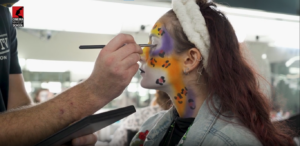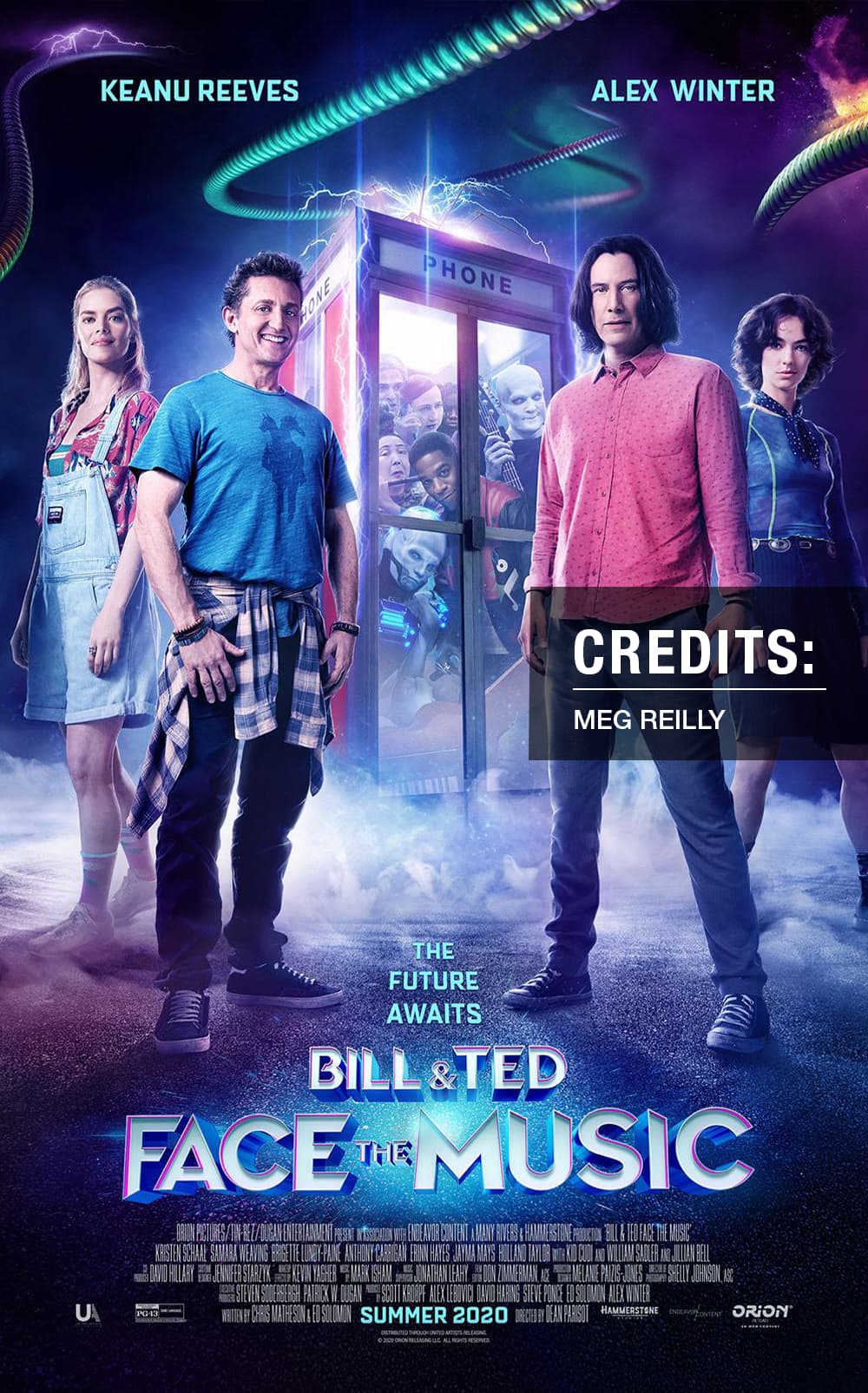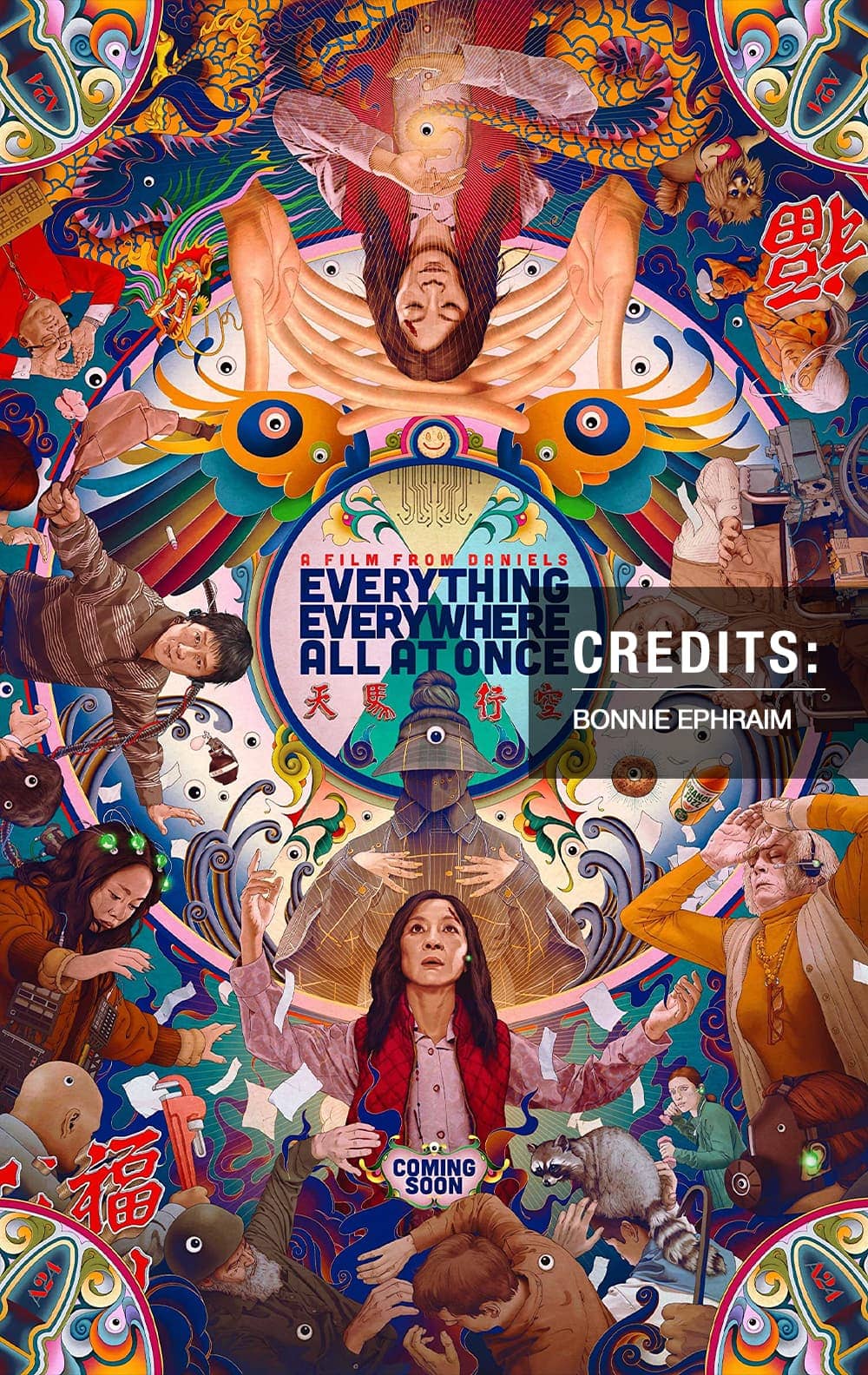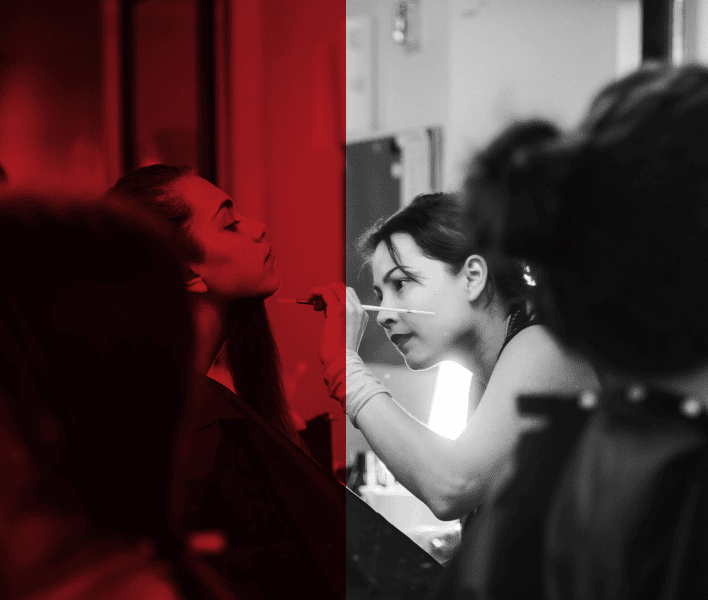If you’re reading this, you probably have a passion for SFX makeup, or are eager to learn the magic of special effects makeup.
Whether you’re creating chilling horror scenes, transforming yourself into fantasy characters, or trying your hand at dramatic, hyper-realistic wounds, there’s one thing every makeup artist needs: knowledge.
But here’s the catch: The path to mastering SFX makeup techniques isn’t always as easy as it looks. Even the most experienced artists make mistakes. It’s a natural part of the creative process, but you can avoid the same pitfalls by understanding where others often go wrong.
So, let’s talk about how to avoid the most common mistakes in SFX makeup.

Tips to Avoid Common Mistakes While Applying Special Effects Makeup
1. Skipping the Basics: Know Your Tools and Products
When you’re experimenting with special effects makeup techniques, it’s tempting to dive straight into the fun stuff, blood splatters, gory wounds, or fantastic creatures. But no matter how creative you are, every great artist needs to start with the basics.
Before you begin creating your masterpiece, get familiar with the basics: how to use latex, gelatine, face paint, prosthetics, and pigments.
Each product serves a specific purpose and applying it improperly can lead to an uneven or unnatural look. So, always test your materials on a small patch of skin to ensure there’s no irritation, and get comfortable with your tools.
Pro tip: Invest time in learning proper blending techniques. Even with simple SFX makeup ideas, blending can be the key difference between a look that feels unfinished and one that looks polished and realistic.

2. Don’t Overcomplicate: Keep It Simple, Especially in the Beginning
When you first dive into learning the SFX makeup, it’s easy to get caught up in the awe-inspiring work of professionals.
You might feel the urge to create elaborate, intricate designs with tons of detail. While it’s exciting to explore your creativity, trying to do too much too soon can backfire.
Sometimes, SFX makeup works best when it’s kept simple. A minimalist approach can be just as striking, if not more, than trying to fit too many elements into one design.
Start with the basics, things like creating wounds, bruises, or simple special effects makeup that focus on one or two techniques. From there, as your skills grow, you can gradually add complexity to your designs.
The more you practice, the more your technique will naturally improve. And remember, simpler designs often allow the finer details to stand out more effectively.
Creative Development Tip: SFX makeup ideas don’t need to be over-the-top to leave an impact. A well-crafted scar or a strategically placed blood drip can create a lasting effect without overwhelming the design. Keep it simple, and the results will speak for themselves.
Special Makeup Effects | An Inside Look ?
If you’re fascinated by movie magic and the art of transforming actors into creatures, zombies, or fantasy characters, this video is for you! It provides an insightful look into special makeup effects, from prosthetic application to advanced makeup techniques.
?️ Watch the video below:
3. Neglecting Skin Preparation and Aftercare
As SFX makeup artists, we’re so focused on the creation process that we sometimes forget the importance of skin preparation and aftercare. Special effects makeup products, like adhesives, latex, and certain paints can be tough on your skin.
To avoid irritation or discomfort, always cleanse and moisturize your skin before applying any makeup.
And after you’re done, be sure to take the time to remove your makeup properly. Harsh removal can damage your skin, so consider using makeup removers that are gentle but effective – especially when dealing with adhesives.
Helpful tip: Keep your skin hydrated! After wearing intense SFX makeup, use a good moisturizer to replenish your skin’s moisture levels.
Learn How To Become a Makeup Artist for Films?
4. Ignoring Lighting and Camera Angles
One of the most crucial, but often overlooked, elements of SFX makeup is how it interacts with lighting and camera angles. What looks incredible in person may not have the same impact on screen or under certain lighting conditions.
When experimenting with SFX makeup techniques, remember that lighting can drastically alter the way your work is perceived.
For example, designs involving shadows or intricate details may not show up the same way in photos or on stage.
Pro tip: Always test your makeup in different lighting situations before you finalize it. A few test shots can save you from surprises and ensure your SFX makeup ideas truly shine when it counts.
5. Not Giving Enough Time to Dry
We’ve all experienced it, excited to see the final result and eager to move on to the next step. But rushing through the process can be your biggest mistake when working with SFX makeup.
If you’re using latex for prosthetics, glue for fake wounds, or paint for detailed designs, make sure you allow adequate time for each layer to dry.
Applying makeup on top of a not-fully-dried surface can cause peeling, cracking, or smudging.
Important note: Plan your process and give each layer or product plenty of time to set. You’ll be surprised at how much smoother your application becomes when you’re patient with the drying process.
Here are the Top 5 Tips for Beginner Makeup Artists
Learn SFX Makeup From Basics to Advance and Avoid these Common Mistakes
It’s always better to learn techniques from professionals who can teach you every small detail that matters. When it comes to learning SFX makeup, Cinema Makeup School, which is part of a broader educational institution known as Cinema Art College Corporation, truly stands out!
Cinema Makeup School offers a specialized Special effects makeup course designed to take you from the basics to advanced techniques, ensuring you develop the skills to avoid common mistakes and become a master of the craft.
Our hands-on training covers everything you need to know to succeed in the world of special effects makeup:
- Beauty Makeup & Airbrush Techniques: Learn to create flawless beauty looks with precision airbrush techniques that bring your designs to life.

- Photographic Hairstyling: Master the art of hair styling for photoshoots, film, and live performances, ensuring your hair designs are picture-perfect.
- Character & Prosthetic Makeup: Learn prosthetics, and transform yourself or others into incredible characters, from realistic wounds to fantastical beings.

- Special Effects & Creature Maquette Sculpting: Learn to sculpt and create stunning creatures and special effects, bringing your wildest ideas to life with expert instruction.
- Digital FX & ZBrush: Gain valuable skills in using industry-standard software like ZBrush to create 3D models, enhancing your traditional SFX work with digital precision.
- Advanced Beauty Theory & Lab Techniques: Strengthen your beauty makeup skills with in-depth theory and practical lab work, preparing you for any creative challenge.
With Cinema Makeup School, you won’t just learn techniques – you’ll build the confidence to bring your most ambitious makeup ideas to life.
If you’re serious about mastering SFX makeup and avoiding the common mistakes that hold many back, it’s time to join us.
Also read Top 6 Trends in the Makeup Industry 2025
SFX makeup is a thrilling and powerful form of art, capable of transforming visions into reality. However, like any skill, it takes time, practice, and attention to detail to perfect.
By understanding and avoiding common mistakes, you can ensure that your work stands out for all the right reasons.
Keep practicing, keep experimenting, and always be open to learning. With these tips in mind, you’ll be well on your way to creating breathtaking SFX makeup that leaves a lasting impression. Happy creating!
FAQs
1. What are the most popular special effects makeup techniques?
Popular special effects makeup techniques include prosthetics, wound simulation, creature design and aging effects often used in film and theater for dramatic transformations.
2. What are some creative SFX makeup ideas for beginners?
Beginner SFX makeup ideas include creating bruises, scars and simple wounds. Try more complex designs like fantasy creatures and realistic injuries as you grow.
3. How do special effects makeup artists create realistic injuries?
Realistic injuries are created using prosthetics, blending techniques and materials like latex and gelatin. Mastering these SFX makeup techniques is essential for lifelike results.
4. Why is it important to test my SFX makeup in different lighting?
Lighting can drastically change how your makeup appears. Testing your makeup under different lighting ensures your designs look as intended, preventing any surprises on camera or stage when using SFX makeup techniques.

























































